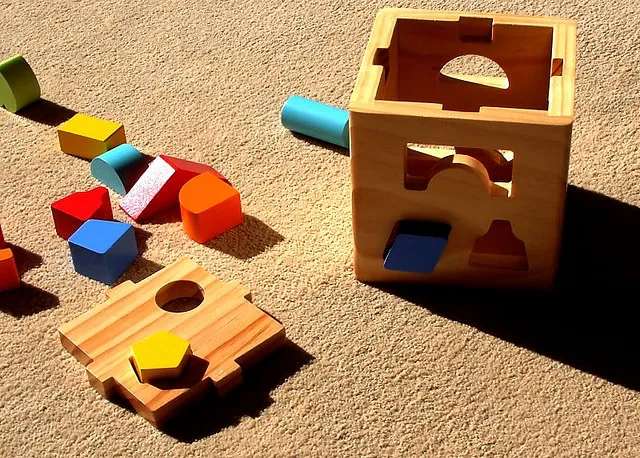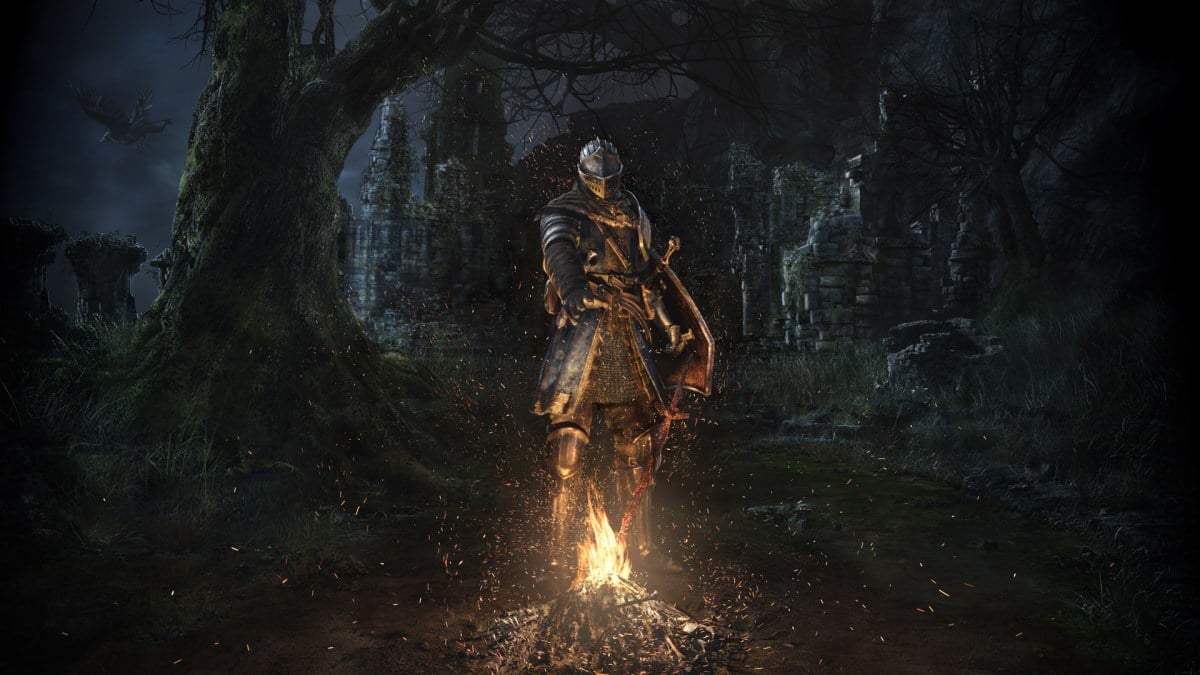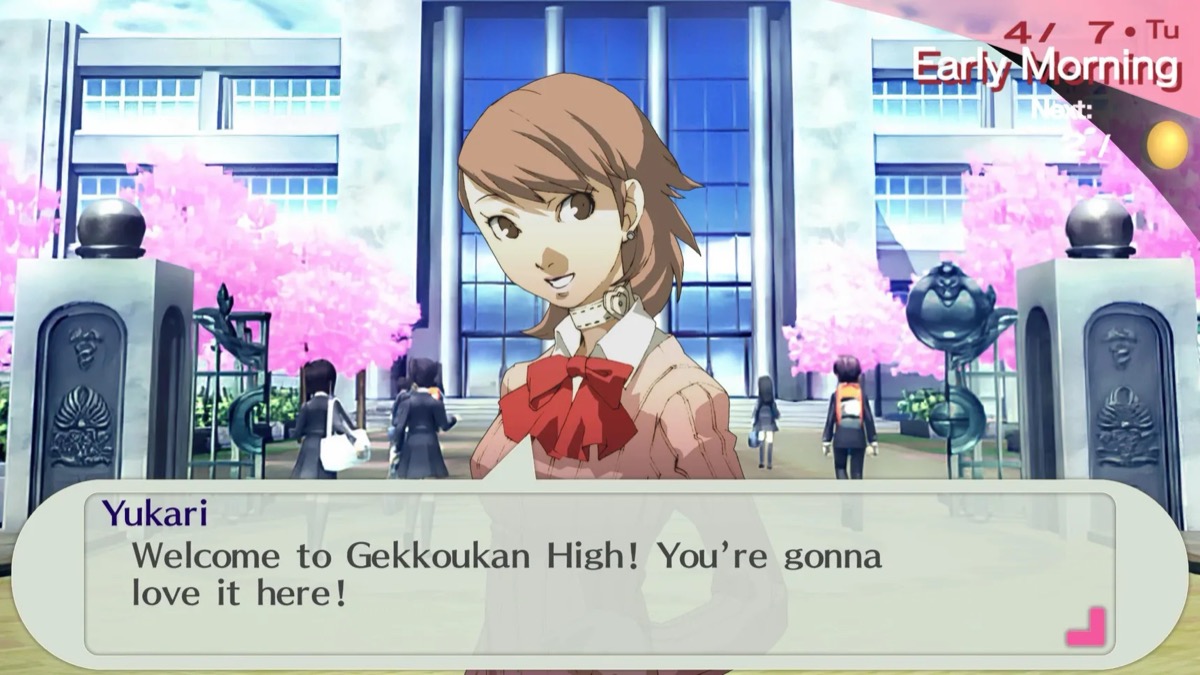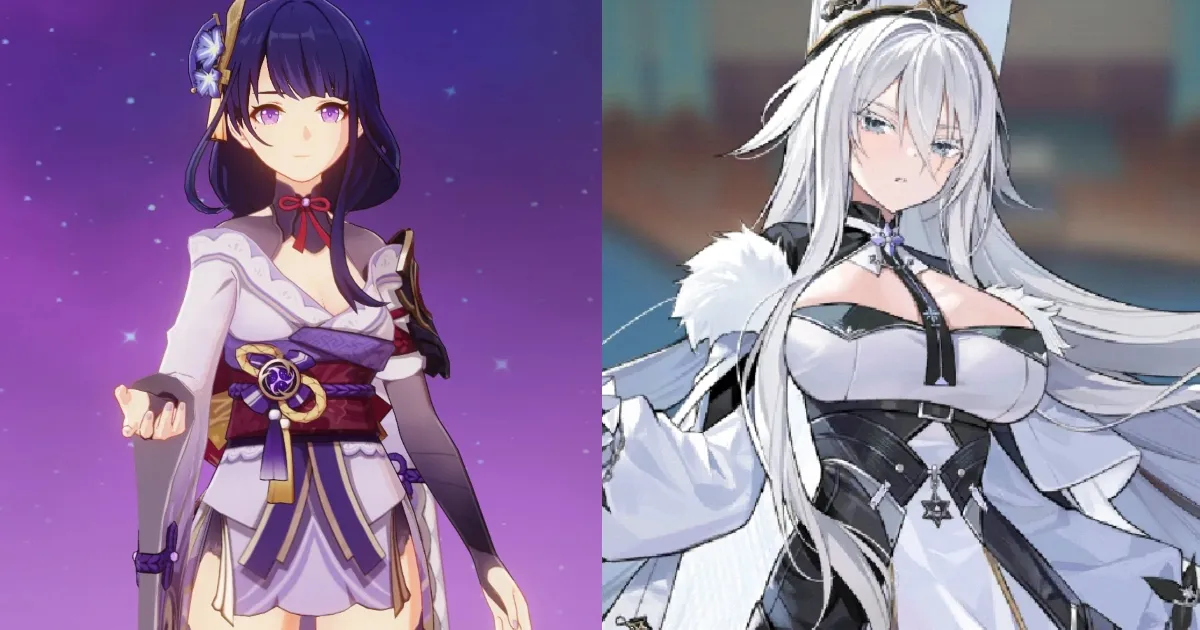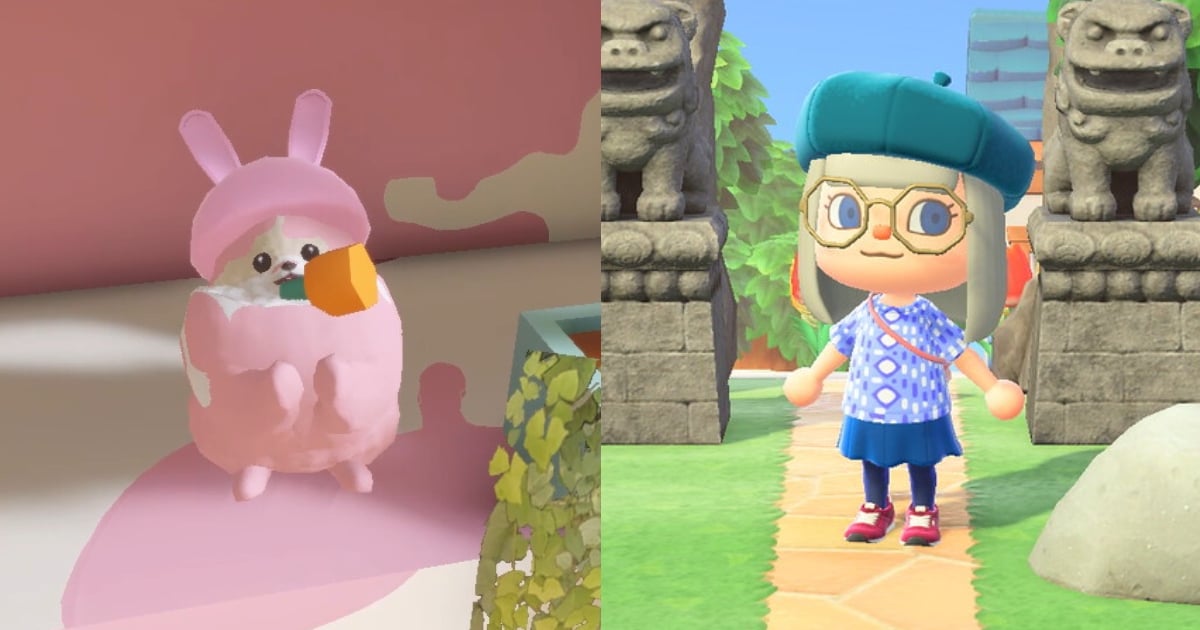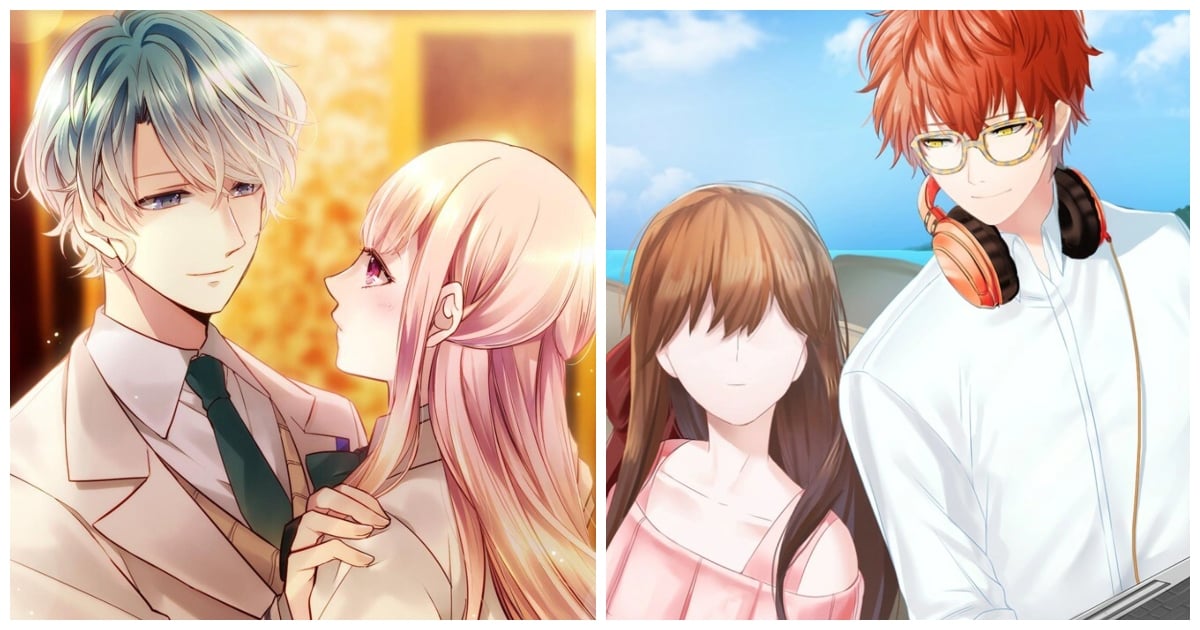Video game designer and producer Larayn McWilliams recently published a piece on Gamasutra titled “We’re Not Pegs” describing how her gender has shaped her experience as a game developer. She reflects on the ways in which the gaming industry demands a certain kind of homogeneity and conformity in everything from clothing to self-expression, an expectation she refers to as the “hole.”
I realized recently that more than the years have changed me: I became aware of how much I’ve changed just because I’m a game developer. I became aware of just how narrowly we define what a game developer “should be,” of the very specific holes into which we try to fit pegs that start out gloriously organic and vibrantly colored, and how we whittle those pegs into diminished, acceptable shapes.
McWilliams explains how articles like Erica Joy’s The Other Side of Diversity and Holly Nielsan’s The Video-Game Industry Has a Dress Code—Driven by Lack of Diversity opened her eyes to the ways this demand for conformity has affected her. While things like an unofficial “uniform” or a joke seem like small things, they add up. The articles describe unwritten rules that, when ignored, will leave you isolated, left out, and ostracized.
I thought about the individual moments, then—the pebbles that come together to form a beach, rounded and softened by the waves. I remembered the publisher meetings at strip clubs, and the whispered awkward debates about whether to even tell me about them. I remembered going to bars after work even when I didn’t want to drink, because that’s when my team was supposed to “bond.” I remembered the uncomfortable glances after someone told an off-color joke to see how I responded—to see if I’d pass the “test.” I remembered when I finally adopted the game designer standard of jeans, sneakers and a teeshirt. I remembered the forced laughs over lines like, “I hope this goes better than the last time we had a woman in the producer’s meeting.”
Suddenly those moments and many more like them stood out not because they happened, but because their happening changed me. I thought back to the time before game development. Who was I? What part of me was really… me?
These women speaking up about their experiences not only changed McWilliams’ perspective, they also fuelled her will to ultimately start talking her gender—a topic she had previously avoided. When she began speaking out, McWilliams was met with hostility and rejection from people she had worked with for over a decade. It’s a story that, unfortunately, is not unfamiliar.
It was a little over a year ago when I started to speak very quietly, very pragmatically about the experiences of women in game development. The backlash was clear and immediate. Those discussions were unwelcome and were met with open hostility from some colleagues. At one point, I was told directly that any discussion of women’s experiences in game development was like debating religion and politics—it wasn’t just divisive, it was “off topic” in a game development group. I said in response that I thought of myself as a game developer first and a woman second. When those words left my mouth, I was stunned: not just because I’d said them, but because in that moment, I meant them. I felt gutted, by the clear exclusion of my colleagues and by awareness of my own complicity.
A sad reality is that women are very often pushed to be “women professionals” instead of “professional women.” McWilliams encourages game development companies to start listening to these voices that are so often silenced. Embracing the differences, she argues, will make for more interesting games and more dynamic teams.
Perhaps this sameness, the endless rows of round pegs fitted into round holes, is what leads to the sameness in many of our games, where stubble-jawed white men run endlessly down brown-grey corridors. I love those games. I don’t want them to go away. I don’t even want them to change. And they won’t—finding ways to encourage uniqueness among our colleagues means those games will be joined by additional interesting, colorful variants. It means our teams and companies will become more interesting and colorful too.
McWilliams ends her piece with these final words:
Each unique voice adds to a whole that’s more interesting, more creative, and more fun for everyone. Every one of those voices matters, because we’re not uniform. We’re not interchangeable. We’re not pegs.
So whether you’re a triangle or a dodecahedron, let’s all embrace our unique shapes!
(via BoingBoing, Image via Ella’s Dad on Flickr)
—Please make note of The Mary Sue’s general comment policy.—
Do you follow The Mary Sue on Twitter, Facebook, Tumblr, Pinterest, & Google +?



